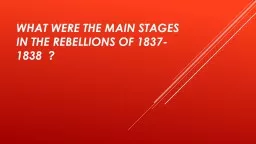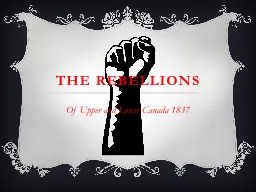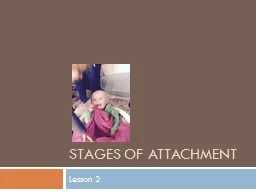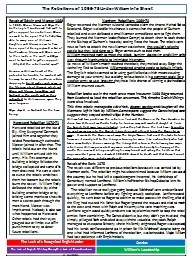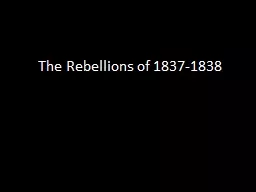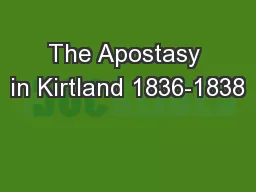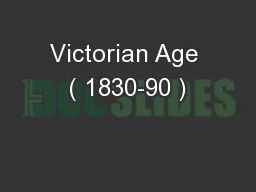PPT-What were the main stages in the Rebellions of 1837-1838 ?
Author : sherrill-nordquist | Published Date : 2016-11-29
Social Issues Throughout the 1830s the social and economic conditions grew worse in Lower Canada There were food shortages due to poor harvests and drastic drops
Presentation Embed Code
Download Presentation
Download Presentation The PPT/PDF document "What were the main stages in the Rebelli..." is the property of its rightful owner. Permission is granted to download and print the materials on this website for personal, non-commercial use only, and to display it on your personal computer provided you do not modify the materials and that you retain all copyright notices contained in the materials. By downloading content from our website, you accept the terms of this agreement.
What were the main stages in the Rebellions of 1837-1838 ?: Transcript
Download Rules Of Document
"What were the main stages in the Rebellions of 1837-1838 ?"The content belongs to its owner. You may download and print it for personal use, without modification, and keep all copyright notices. By downloading, you agree to these terms.
Related Documents

